Modernistically speaking, art history of the last two centuries is a procession of one -ism after another; just recently, we introduced the Slovak version of Impressionism at the Slovak National Gallery. However other, less artistic and rather embarrassing -isms, such as alcoholism, shape our culture and co-determine its image. And alcohol as a specific inclination and (non)cultural factor, as both muse and scourge, is the subject of our iconographically interpreted exhibition. Tekutá múza / Liquid Muse, structured by the material itself into smaller thematic units, presents alcoholism (i.e., our addiction to alcohol) as a strongly ambivalent cultural phenomenon. The material, which comes from the last century, depicts “booze” as bliss and a principle of creation, but also as depression and social deprivation.
Liquid Muse
6th March - 31st May 2015
Esterhazy palace, 3rd Floor
Curator: Petra Hanáková
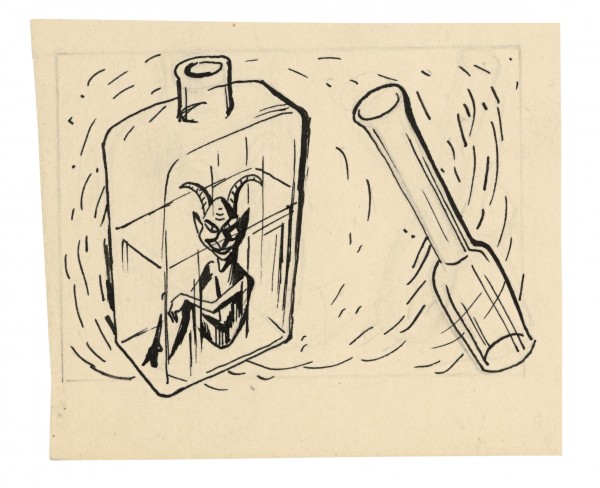 Karol Ondreička1947 - 1948
Karol Ondreička1947 - 1948
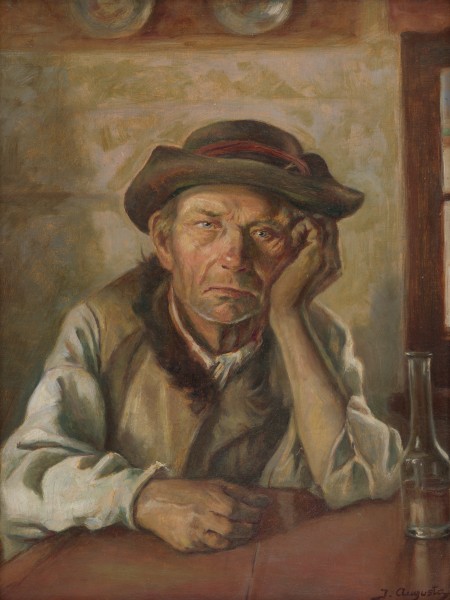 Jaroslav Augusta1911
Jaroslav Augusta1911
It seems that Slovaks, who were once under the fatal threat of “the moonshine plague”, have recently become wine makers and lovers. Especially after 1989, the wine culture, which within living memory, inspired poets, has been refined, and the base of wine connoisseurs and collectors has grown. There are still very few art connoisseurs in Slovakia, but a growing number of wine connoisseurs. On a broader cultural scale, we can observe a kind of general “grape-ifaction” and “hops-ifaction” – the democratization of connoisseurship, TV series related to viticulture, wine routes and festivals, local beers and their limited editions, experimental breweries. The gastronomy of beverages has also penetrated the field of visual culture and in a certain sense, arts sphere of interest. We drink more than ever, but in a more civilized fashion. Take a walk around the capital city; every second business is a drinking establishment. Pubs in towns and villages are the most profitable businesses and return the most money to local government. In brief, Slovaks are a nation of consumers, so why not offer them something in the Slovak National Gallery (through the “noble” art) that reflects their identity in such an attractive way? And since culture should also ask questions, we ask: is it possible to visualize alcoholism? To capture and reconstruct its “specific domestic features” in visual material? In art? Do men and women drink differently and does visual art provide us with a related experience? Is a pub equally photogenic in all media? Are artists interested in alcohol? In what sense? Is alcohol a topic or (rather) an intoxicating instrument of creation for our artists? Including our female artists? Does it enhance or restrict creativity? How? Is the idea of the artist-bohemian and alcoholic a cliché in our milieu? Does artwork that stigmatizes alcoholism exist? Is it possible, to provide through this exhibition, which features a collection of heterogenous artwork, richer and more comprehensive information regarding our Problem? An utterance which even in art history exceeds the limits of a common iconographical problem?
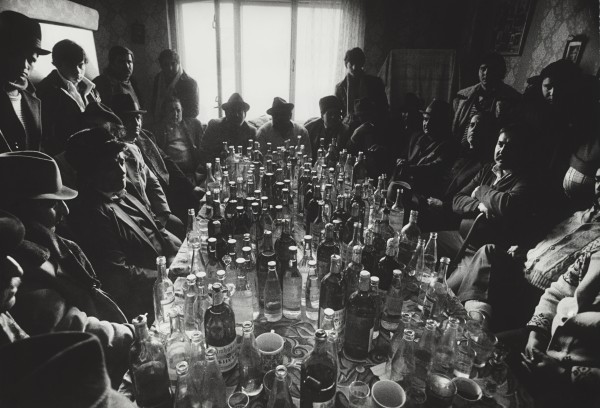 Tibor Huszár1977 - 1978
Tibor Huszár1977 - 1978
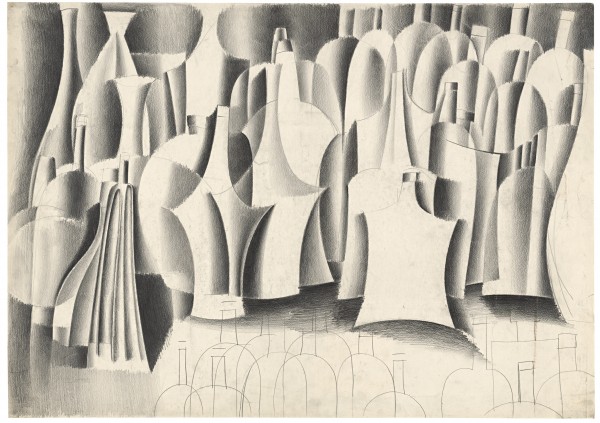 Milan Laluha1969
Milan Laluha1969
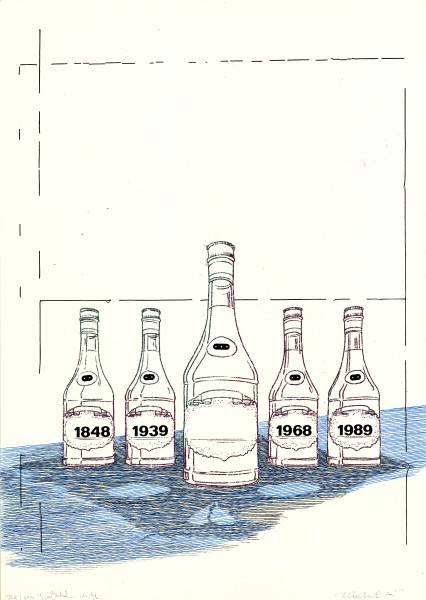 Svätopluk Mikyta2010
Svätopluk Mikyta2010
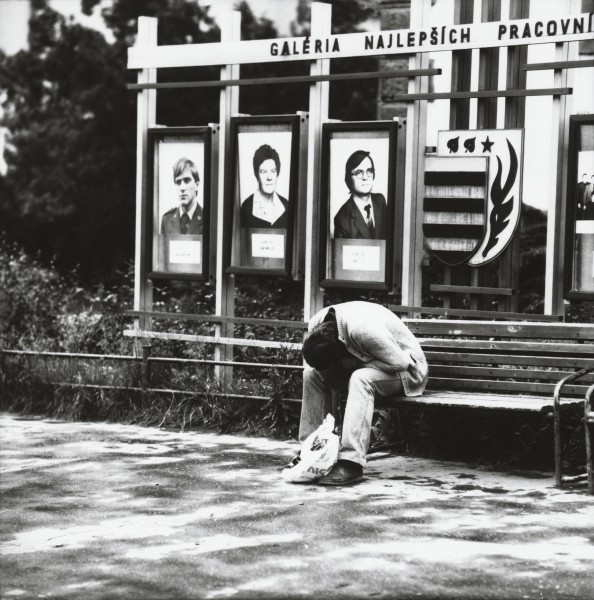 Anton Podstraský1970 - 1980
Anton Podstraský1970 - 1980
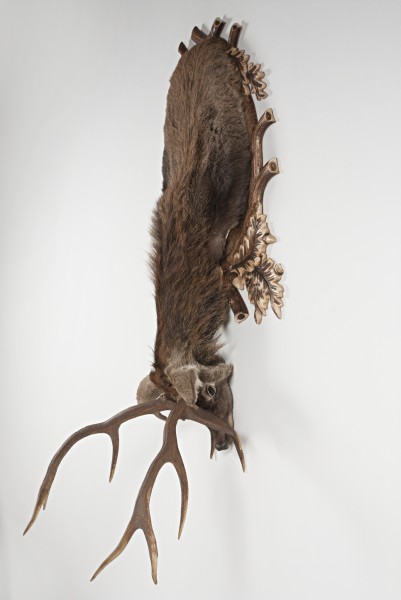 Marek Kvetan2009
Marek Kvetan2009
